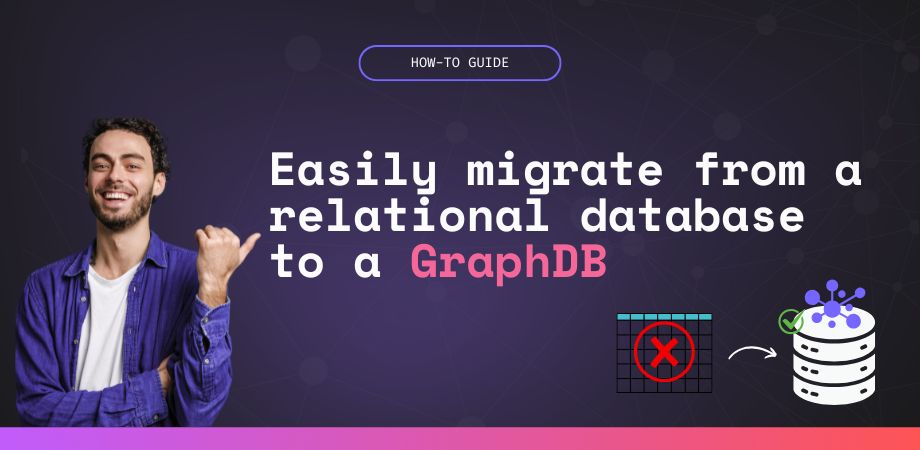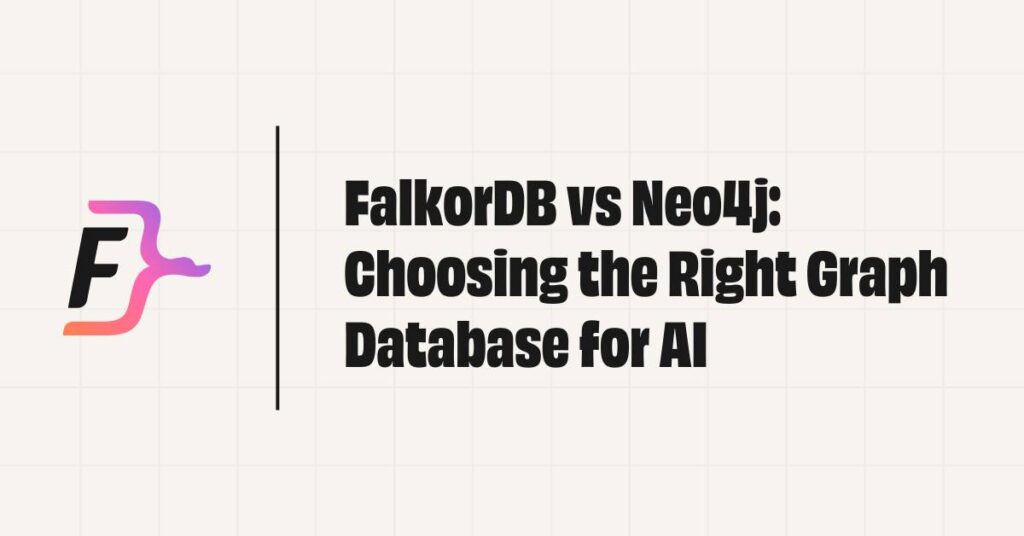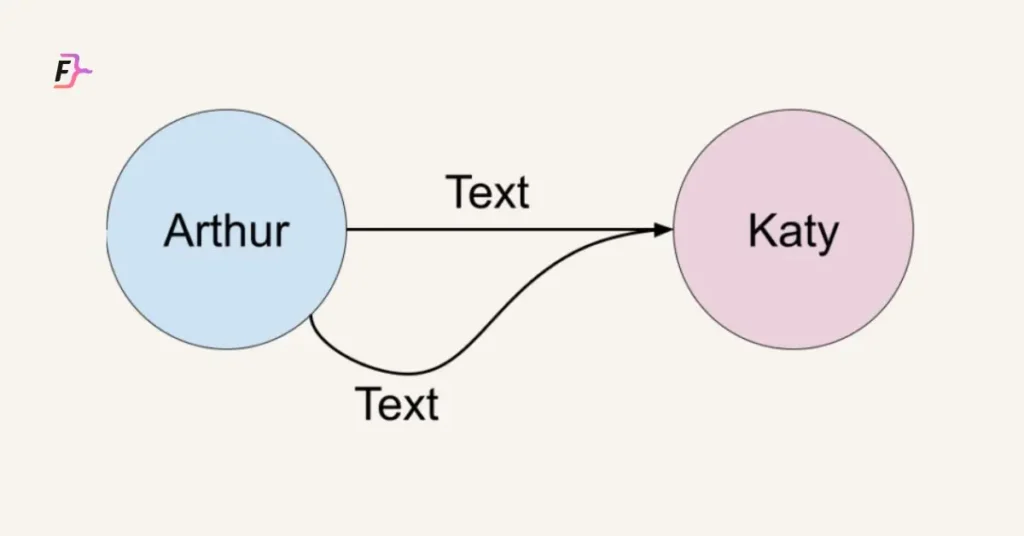A Guide to Implementing a GraphRAG Workflow Using FalkorDB, LangChain and LangGraph

Discover how to implement GraphRAG using FalkorDB’s hybrid query capabilities combined with LangChain and LangGraph to build AI systems that leverage both graph relationships and semantic search.
NoSQL Database: Modern Architecture for Scalable Apps

NoSQL database architectures overcome relational limitations with schema flexibility and distributed processing. Learn how graph, document, key-value, and columnar NoSQL models power AI and real-time analytics.
Graph Clustering Algorithms: Usage and Comparison

Learn about graph clustering algorithms: hierarchical, modularity-based, label propagation, spectral, and edge betweenness. Analyze their strengths, weaknesses, and optimal use cases.
Prepare for RedisGraph EOL: A Practical Guide to Transition to FalkorDB

Explore RedisGraph EOL in this dev guide with practical migration steps and technical validation tips for switching to FalkorDB.
Reducing High GraphRAG Indexing Costs: Strategies for Efficient Graph Database Management

Explore practical methods to reduce GraphRAG Indexing Costs, including query optimization, efficient indexing techniques, and scalable LLM integration for graph databases.
Migrate from Relational Database to Graph Database

Discover the process of migrating from a relational database to a graph database. This guide covers schema analysis, data transformation, and optimization techniques for AI/ML workflows.
FalkorDB vs Neo4j: Choosing the Right Graph Database for AI

When building AI-driven systems, FalkorDB vs Neo4j graph databases offer different advantages. Find the best fit for your AI needs.
Vector Database vs Graph Database: Key Technical Differences

Unstructured data is all the data that isn’t organized in a predefined format but is stored in its native form. Due to this lack of organization, it becomes more challenging to sort, extract, and analyze. More than 80% of all enterprise data is unstructured, and this number is growing. This type of data comes from […]
Knowledge Graph Tools: What They Are and Their Benefits

Knowledge graphs have become a game-changer in building Retrieval-Augmented Generation (RAG) applications, often referred to as GraphRAG. These applications enhance the reasoning capabilities of large language models (LLMs) by providing structured context from a knowledge base. By organizing information into a graph format, knowledge graphs allow for more interconnected and structured data, enabling LLMs to […]
Edges in FalkorDB

Edges in FalkorDB enable efficient graph representation and traversal using GraphBLAS tensors. Learn how FalkorDB uses GraphBLAS to support advanced graph operations and scalable graph processing, making Edges in FalkorDB a useful tool for graph data management.